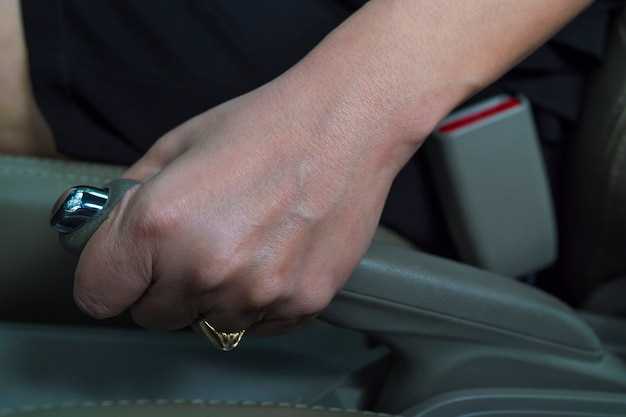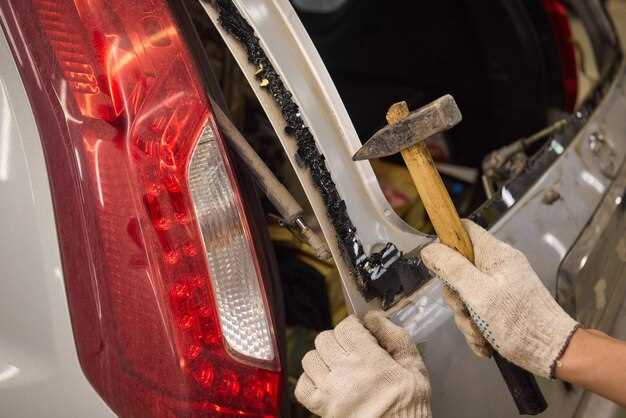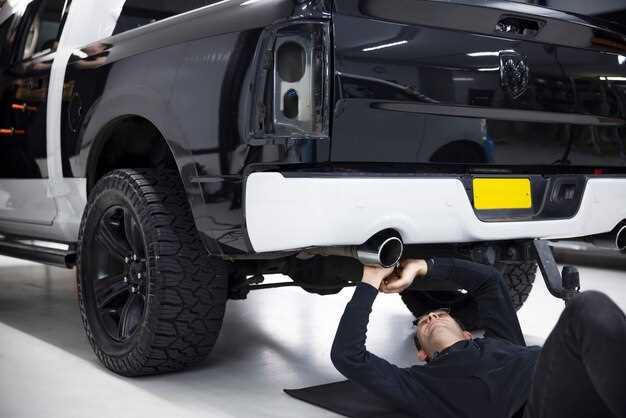
The Toyota Land Cruiser is renowned for its rugged durability and off-road capabilities, making it a favorite among adventurers and families alike. However, even the toughest vehicles can suffer from unsightly dents that not only compromise the aesthetic appeal but may also affect the integrity of the bodywork. Understanding the best methods for repairing these dents is crucial for maintaining the Land Cruiser’s value and performance.
Dent repair in bodywork involves various techniques, ranging from traditional methods to modern innovations. Whether you’re dealing with minor dings or more significant dents, knowing the right approach can make all the difference. This article will delve into the effective strategies for repairing dents specifically in the panels of the Toyota Land Cruiser, ensuring that you have the knowledge needed to restore your vehicle to its former glory.
From utilizing paintless dent repair (PDR) techniques to employing traditional body filler methods, each method will be explored in detail. Additionally, we will discuss the importance of selecting the right tools and materials, enabling you to perform repairs confidently and effectively. With the right guidance, tackling bodywork repairs on your Toyota Land Cruiser can be a rewarding experience, helping you keep your vehicle in prime condition for years to come.
Choosing the Right Tools for Dent Repair on Toyota Land Cruiser

Selecting the appropriate tools for dent repair on your Toyota Land Cruiser is crucial for achieving optimal bodywork results. The right tools will not only enhance the repair process but also ensure that your vehicle’s panels maintain their structural integrity and aesthetic appeal.
Begin by acquiring a quality dent puller. There are various types available, including slide hammer dent pullers and glue pullers. A slide hammer is effective for larger dents, while glue pullers work well on smaller imperfections, allowing for a more precise approach without damaging the paint.
Invest in a comprehensive PDR (Paintless Dent Repair) tool kit. This kit typically includes specialized rods, tapping tools, and other instruments designed to manipulate the metal back into its original shape. These tools help minimize the impact on the vehicle’s finish and save time on repairs.
A heat gun or hair dryer is also essential for effective dent removal. Applying heat allows the metal to become more malleable, making it easier to work with during the repair process. Ensure to maintain a consistent temperature and avoid overheating the paint to prevent damage.
Additionally, integrating LED work lights can significantly enhance visibility, making it easier to assess the extent of the damage. Proper lighting allows for a thorough examination of the dent, helping you to strategize the most effective approach for repair.
Lastly, do not overlook the importance of safety gear. Protective eyewear and gloves are vital to ensure both your safety and to maintain clean bodywork while working on your Land Cruiser. By choosing the right tools and equipment, you can ensure a high-quality dent repair that restores the appearance and value of your vehicle.
Step-by-Step Process for Popping Out Dents from Body Panels
Repairing dents in the body panels of a Toyota Land Cruiser requires a systematic approach to ensure quality bodywork. Follow these steps for an effective dent removal process.
Step 1: Assess the Damage
Start by examining the dent carefully. Determine its size, depth, and location on the body panel. This assessment will help you choose the right tools and methods for repair.
Step 2: Gather Necessary Tools
Collect the tools you will need, including a hairdryer or heat gun, a round metal tool or a rubber mallet, glue tabs, a hot glue gun, and a pair of gloves. Each tool plays a distinct role in the repair process, so have them ready before starting.
Step 3: Apply Heat
Use the hairdryer or heat gun to apply heat to the area surrounding the dent. Keep it moving to avoid damaging the paint. Heating the metal expands it, making the dent easier to pop out.
Step 4: Attach Glue Tabs
Once the area is heated, use the hot glue gun to attach the glue tabs to the center of the dent. Allow the glue to set for a few minutes for maximum adhesion.
Step 5: Pull Out the Dent
After the glue has cured, use the pulling tool to gradually pull on the glue tab. Apply steady and even pressure. If necessary, use the rubber mallet to gently tap around the area to help the metal return to its original shape.
Step 6: Remove Glue Residue
Once the dent is popped out, carefully remove the glue tab and clean any remaining glue residue. You can use rubbing alcohol or a specialized adhesive remover for this step.
Step 7: Final Touch-Up
Inspect the repaired area for any imperfections. If necessary, apply touch-up paint or smooth out any rough edges with fine sandpaper. Ensure that the bodywork is seamless and matches the surrounding area.
By following these steps, you can successfully pop out dents from the body panels of your Toyota Land Cruiser, restoring its appearance and maintaining the integrity of the vehicle’s bodywork.
How to Assess Damage and Decide Between DIY and Professional Repair

When dealing with dents on your Toyota Land Cruiser, the first step is to accurately assess the damage. Examine the dent closely to determine its size, depth, and location. Small, shallow dents located in areas that are not structurally critical may be suitable for DIY repair. However, larger or deeper dents, especially those that affect the vehicle’s body lines or structural integrity, should prompt consideration for professional assistance.
Next, consider the tools and materials required for a DIY approach. If you have access to proper equipment, such as a heat gun, suction cups, or specialized dent repair kits, you may feel confident tackling minor dents yourself. However, if you lack experience or the required tools, attempting a DIY repair could lead to further damage, making professional intervention a more cost-effective and safer choice.
Additionally, evaluate the material of the panel. Aluminum panels, which are often used in modern vehicles, require different handling techniques compared to traditional steel. If the dent is on an aluminum panel, and you are not familiar with working on such materials, consulting a professional is advisable.
Finally, assess the potential resale value impact. If your Toyota Land Cruiser is a prized vehicle, maintaining its aesthetic appeal is crucial. A professional repair will often yield a smoother, more polished result, preserving the vehicle’s value better than a hasty DIY fix could.
In conclusion, assessing the dent’s characteristics, your ability to execute repairs, material considerations, and potential impacts on resale value will guide your decision between DIY and professional repair options.
